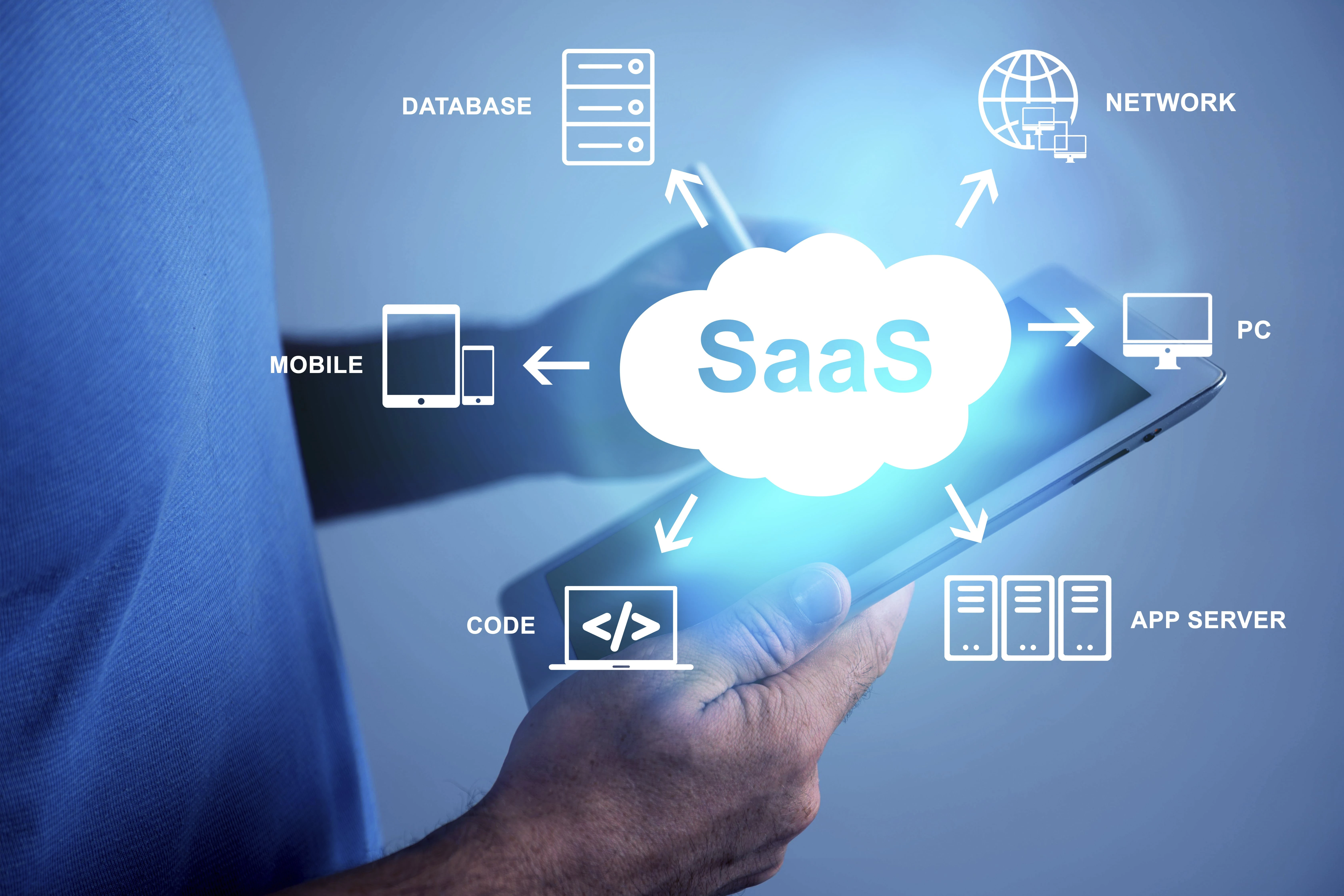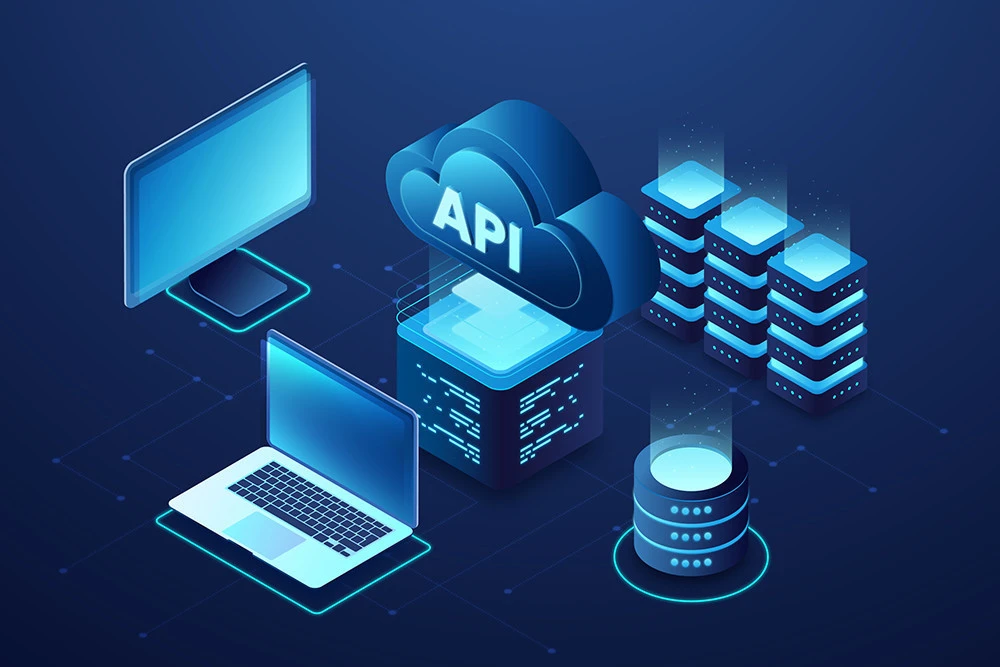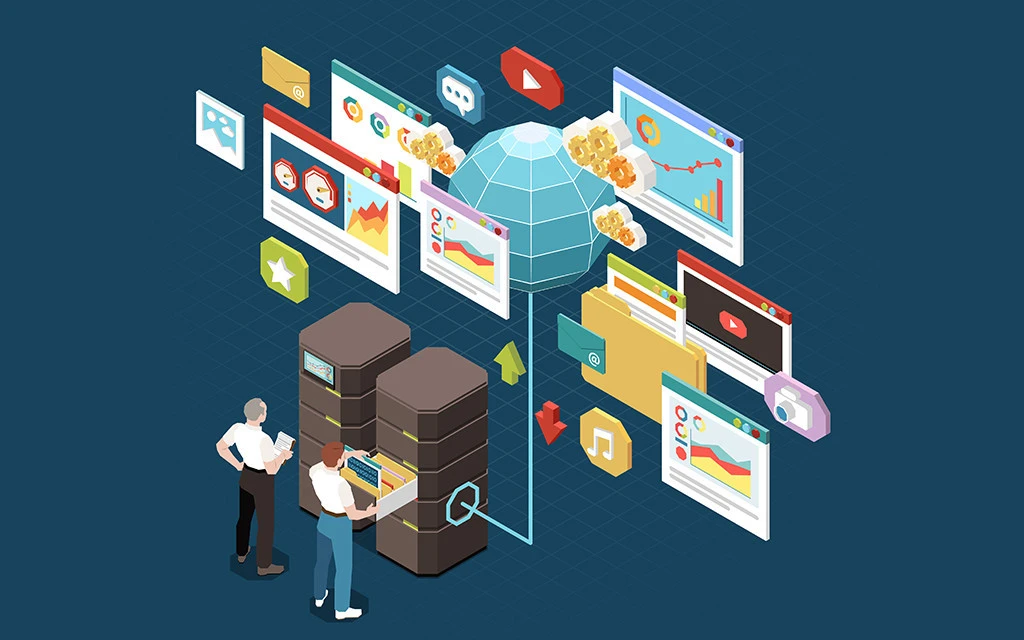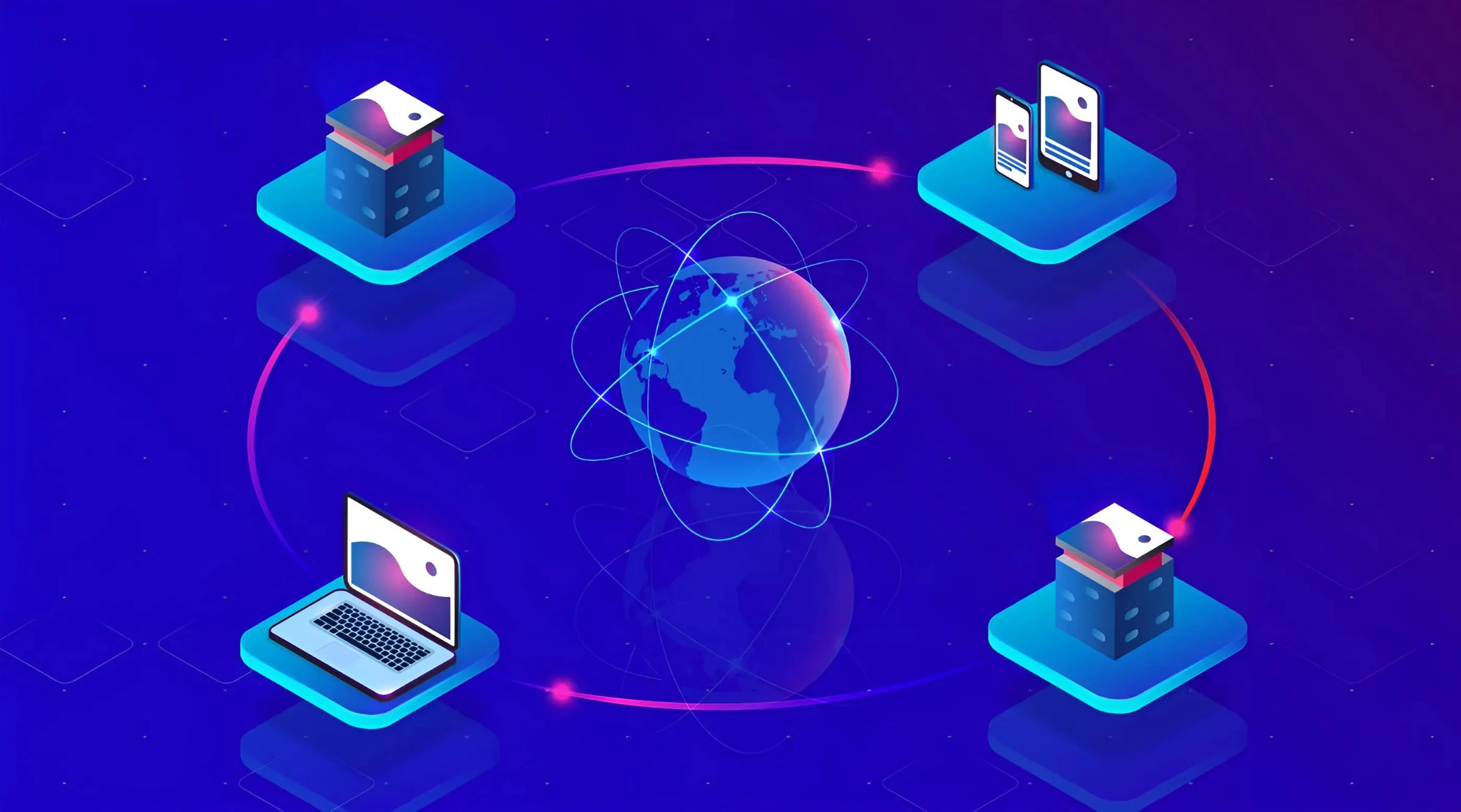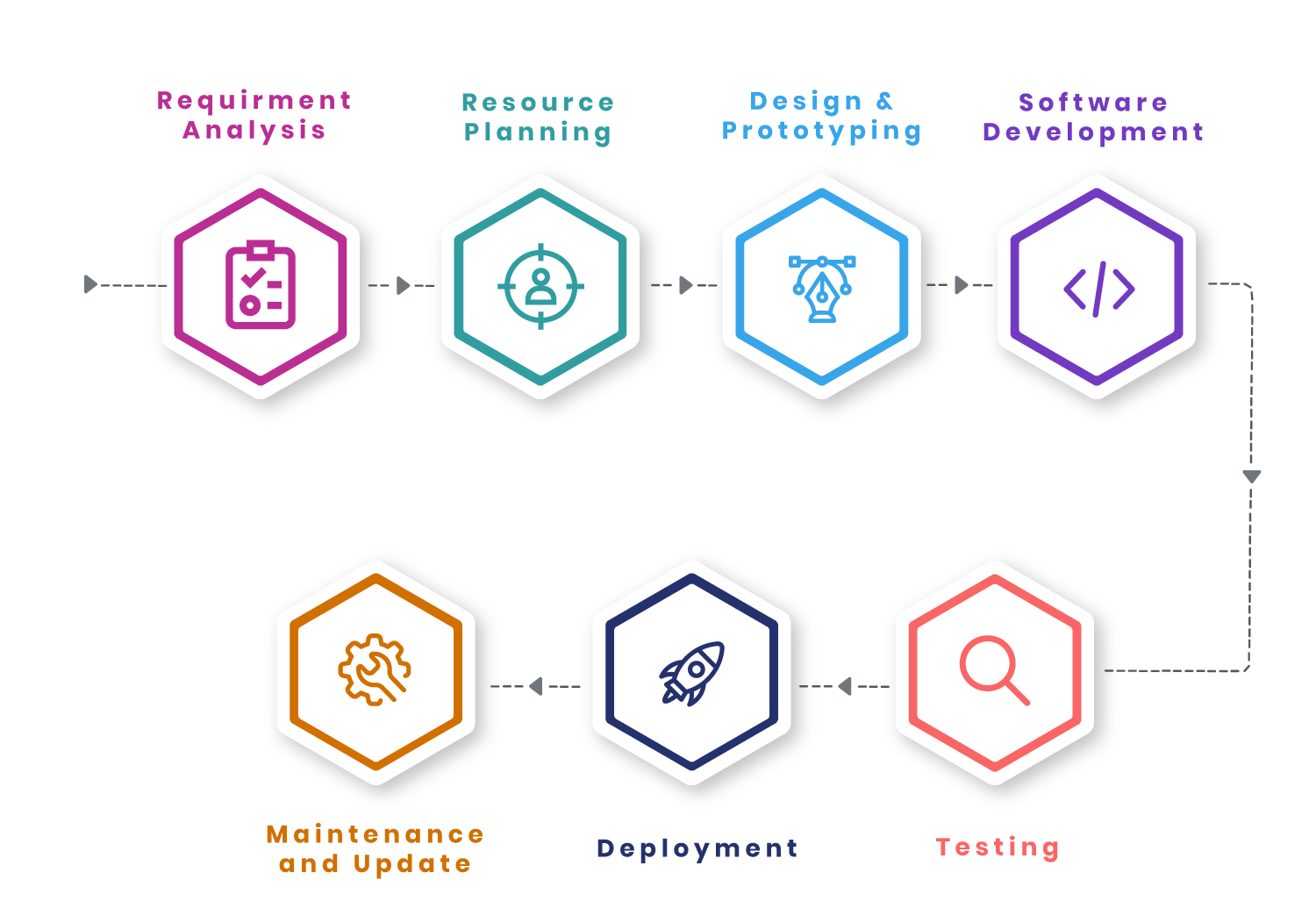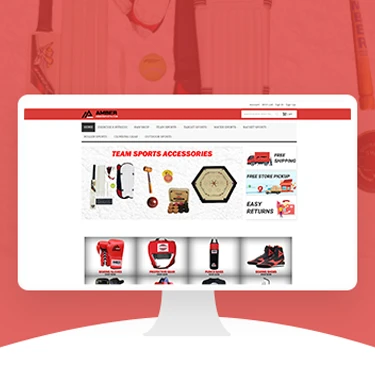Cloud Environments Solutions
Development and Testing Environments offered by Nichetech cater to the needs of software development teams in the following ways:
- Infrastructure Provisioning:
SaaS-based environments provide developers with access to scalable infrastructure resources, including servers, storage, and networking components, for building and testing applications.
- Software Tools:
These platforms offer a wide range of development tools, integrated development environments (IDEs), version control systems, and testing frameworks to support the software development lifecycle.
- Collaboration Features:
Development and Testing Environments facilitate collaboration among team members by providing features such as shared repositories, real-time collaboration tools, and project management functionalities.
- Isolation and Sandbox Environments:
SaaS-based environments allow developers to create isolated sandbox environments for testing new features and changes without affecting the production environment.
- Automation and Continuous Integration/Continuous Deployment (CI/CD):
These platforms support automation tools and CI/CD pipelines, enabling developers to automate build, test, and deployment processes for rapid and reliable software delivery.
- Scalability and Flexibility:
Development and Testing Environments offered by Nichetech are highly scalable and flexible, allowing teams to scale resources up or down based on project requirements and workload fluctuations.
- Cost Efficiency:
SaaS-based environments eliminate the need for upfront infrastructure investments and reduce operational costs associated with maintaining on-premises development and testing infrastructure.
- Security and Compliance:
SaaS providers implement robust security measures to protect development and testing environments, including data encryption, access controls, and compliance certifications, ensuring the security and privacy of sensitive information.
In summary, Development and Testing Environments provided by Nichetech empower software development teams to build, test, and deploy applications more efficiently by offering scalable infrastructure, collaborative tools, automation capabilities, and enhanced security features.
Latest Updates in Cloud Environments Solutions: Innovating Your Infrastructure with NicheTech
At NicheTech, we are dedicated to providing cutting-edge Cloud Environment solutions that help businesses innovate and stay ahead in the rapidly evolving tech landscape. Here are the latest updates and advancements in Cloud Environments that can transform your business operations.
Focus on Hybrid and Multi-Cloud Strategies:
-
Enhanced Management Tools for Hybrid and Multi-Cloud: Major cloud providers are offering improved tools and services for managing hybrid and multi-cloud deployments. These tools provide a unified view of resources across different cloud environments, simplifying infrastructure management and orchestration.
-
Standardization and Containerization: Containerization technologies like Kubernetes are gaining traction for managing applications across hybrid and multi-cloud environments. This promotes consistency and portability of applications, regardless of the underlying cloud platform.
-
Focus on Interoperability: Cloud providers are increasingly focusing on interoperability between their platforms and on-premises infrastructure. This allows for seamless data exchange and application integration across different environments.
Emphasis on Sustainability and Green Cloud Computing:
-
Sustainable Cloud Solutions: Cloud providers are developing solutions that minimize their environmental impact. This includes initiatives like using renewable energy sources to power data centers, offering carbon footprint analysis tools, and promoting energy-efficient cloud services.
-
Sustainability Certifications for Cloud Providers: Independent certifications are emerging to recognize cloud providers committed to sustainable practices. This allows businesses to make informed decisions about their cloud environment based on sustainability considerations.
Advancements in Serverless Computing and Edge Computing:
-
Serverless Functions for Event-Driven Workflows: Serverless computing continues to evolve, offering functionalities for building complex event-driven workflows. This allows developers to focus on application logic without managing servers, further simplifying cloud deployments.
-
Integration with Edge Computing: Cloud platforms are increasingly integrating with edge computing solutions. This allows for processing data closer to its source, reducing latency and improving performance for applications that require real-time responsiveness.
Security Enhancements and Zero-Trust Architecture:
-
Zero-Trust Security Model Adoption: Cloud providers are promoting zero-trust security models, which emphasize continuous access verification and granular permission control. This strengthens cloud security posture and mitigates potential security threats.
-
Cloud Workload Protection Platforms (CWPP): CWPP platforms are gaining traction, offering comprehensive security solutions for protecting cloud workloads. These platforms combine various security features like vulnerability management, threat detection, and intrusion prevention to ensure a secure cloud environment.
Ready to Elevate Your Cloud Infrastructure?
Discover the power of NicheTech's Cloud Environment solutions for secure, scalable, and high-performance operations. Contact our team today and embark on a journey towards enhanced efficiency and innovation.

